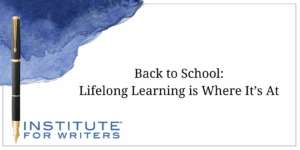
Back to School: Lifelong Learning is Where It’s At
Opportunities for lifelong learning about writing are abundant and during this back-to-school season it is easy to get inspired.
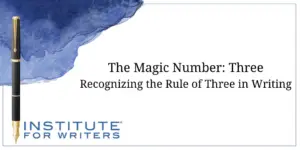
Most of us have heard a variation of the joke that begins, “Three guys walk into a bar…” We have probably listened with interest to learn what will happen to each of those three guys, knowing that their individual words and actions will be somehow different from each other, making the joke funny – or at least clever. The same type of joke would not work as well with two “guys,” and anything over four would more than likely cause listeners to lose interest.
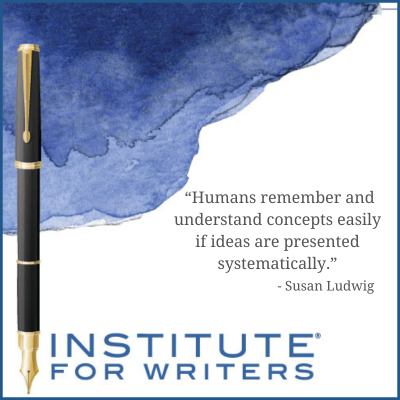 Three is not just a good number of characters for jokes, we see three throughout the world of arts and culture – especially in writing. Some common fairy tales have three main characters and include the number in the title: Three Little Pigs, The Three Billy Goats Gruff, and Goldilocks and the Three Bears.
Three is not just a good number of characters for jokes, we see three throughout the world of arts and culture – especially in writing. Some common fairy tales have three main characters and include the number in the title: Three Little Pigs, The Three Billy Goats Gruff, and Goldilocks and the Three Bears.
More contemporary book titles with three are plentiful, and they include: Three Blind Mice, by Agatha Christie; Three Sisters, by Anton Chekhov; The Book of Three, by Lloyd Alexander, The Drawing of the Three, by Stephen King, and The Three Musketeers, by Alexandre Dumas. It is probable that you could name a few “three”-titled books to add to the list.
So, what is so special about the number three that it shows up more than any other number in titles and in literature in general? Three is magical because it is the smallest number that will create a pattern. We humans remember and understand concepts easily if ideas are presented systematically, so it makes sense that the smallest pattern will be the easiest to remember and make sense of.
All stories, regardless of how they are presented to the reader, have a beginning, a middle, and an end. Writers will usually first create their story’s plot with three main parts: the beginning or the introduction is usually where readers are introduced to the main character and the conflict. The middle of the story is where there is an anticipation of the obstacles presenting themselves to the main character, and then the resolution (or the plot twist) that ends the story. The story may not be linear in this way, but those three parts are present within the story and the writer will most likely have initially planned out that three-way format first, then decided how to present the story.
Some writers will deliberately use a tricolon – a sentence with three clearly defined parts of equal length. These phrases tend to be independent clauses and parallel in structure and are often found in political writing for emphasis.
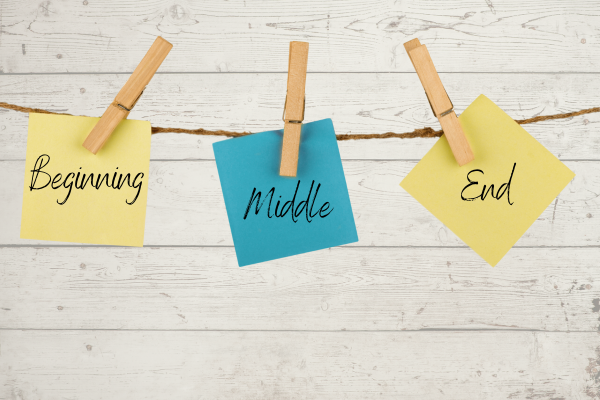 Abraham Lincoln used the strategy in his 1865 Second Inaugural Address when he said, “…With malice toward none, with charity for all, with firmness in the right…” when he described his Reconstruction plan after the Civil War. These three parallel phrases, delivered as they were within the same sentence, added a strong distinction to his words. Note how the similar phrase length plays a strong part in how these ideas are interpreted:
Abraham Lincoln used the strategy in his 1865 Second Inaugural Address when he said, “…With malice toward none, with charity for all, with firmness in the right…” when he described his Reconstruction plan after the Civil War. These three parallel phrases, delivered as they were within the same sentence, added a strong distinction to his words. Note how the similar phrase length plays a strong part in how these ideas are interpreted:
“With malice toward none…”
“…with charity for all…”
“…with firmness in the right…”
Somewhat similarly, you may recall hearing or reading Barack Obama’s words at Nelson Mandela’s 2013 memorial service, where he used a tricolon to emphasize the leader’s lasting impact: “And when the night grows dark, when injustice weighs heavy on our hearts, when our best-laid plans seem beyond our reach, let us think of…”
These similarly formatted phrases work together to emphasize how the speaker envisioned listeners would remember the subject:
“…when the night grows dark, …”
“…when injustice weighs heavy on our hearts, …”
“…when our best-laid plans seem beyond our reach…”
Now that a well-placed tricolon’s strength has been established, consider how this figure of speech is effectively used in literature. L. Frank Baum, in The Wizard of Oz wrote, “You are talking to a man who has laughed in the face of death, sneered at doom, and chuckled at catastrophe,” (The Wizard). To present those phrases as separate sentences would somewhat diminish its meaning but as we read them aloud now, they work well to show how the Wizard considers himself to be quite a wonderful person.
The writer John le Carré uses a tricolon in his 2009 book, A Brief History of George Smiley – one of the eight books in the writer’s series about Smiley: “They liked his diffidence when he apologized for the company he kept, his insincerity when he defended the vagaries of his subordinates, his flexibilities when formulating new commitments.” Using a tricolon here provides readers with insight into George Smiley’s personality, and describing the character’s traits in another style may not be as effective.
A hendiatris is a tricolon that is made up of just three words, each separated by a comma. The hendiatris is another strong, punchy, and effective way to use three words in a sentence. We see these in our reading all the time and have perhaps never thought much of their placement and efficiency. (It is possible you missed the hendiatris incorporated into the second sentence of this paragraph.)
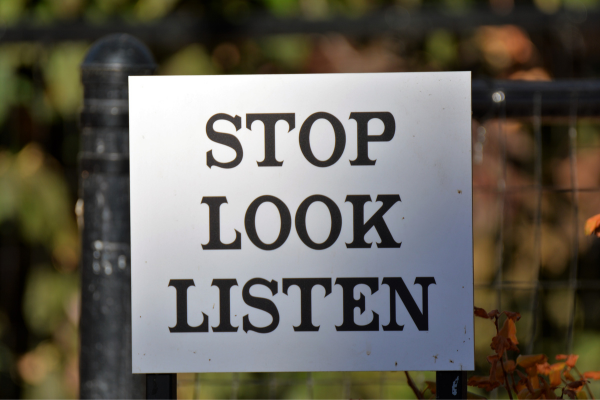 The hendiatris is used to emphasize thoughtful ideas and less serious phrases. The United States Military Academy at West Point, for example, uses General Douglas MacArthur’s hendiatris “Duty, Honor, Country,” as their motto. On the other hand, most of us are familiar with the “Snap, Crackle, Pop,” trademark words that have come to mean Kellogg’s Rice Krispies cereal.
The hendiatris is used to emphasize thoughtful ideas and less serious phrases. The United States Military Academy at West Point, for example, uses General Douglas MacArthur’s hendiatris “Duty, Honor, Country,” as their motto. On the other hand, most of us are familiar with the “Snap, Crackle, Pop,” trademark words that have come to mean Kellogg’s Rice Krispies cereal.
Kids are taught to “Stop, Look, and Listen” before crossing a street, and most everyone is familiar with the allure of Sun, Sea, and Sand; The hendiatris “Ready, Willing, Able,” is often used when identifying volunteers, and “Reduce, Reuse, Recycle,” has become part of this generation’s earth-saving principles.
Why should we care about the placement of three words or phrases in text? Mainly because precise word choice and varied sentence structure are integral parts of good writing. The more you are aware of how other writers successfully create their manuscripts, the better you will be as a writer.
Pay close attention as you read stories and books going forward and look to see how various writers incorporate three into their manuscripts. Our next blog post will talk about ways to integrate the rule of three into your own writing.
Susan Ludwig, MA has been an instructor with the Institute of Children’s Literature for over 17 years. Susan’s writing credits include teacher resource guides, English language learner books, and classroom curriculum for elementary through high school students. A former magazine editor, she assesses students’ written essays as a scoring director for the SAT exam. When she is not writing or working, she is usually found cooking or curled up with a good book.

Opportunities for lifelong learning about writing are abundant and during this back-to-school season it is easy to get inspired.
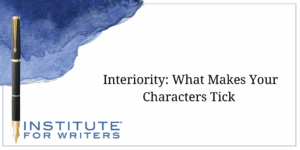
As you seek to create characters, you will also want to work to strengthen the interiority of those you are writing about.
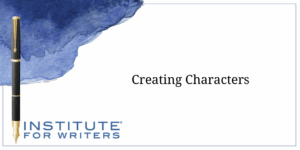
Character development is an interesting part of writing but may be among the most time consuming and significant in your story.
1000 N. West Street #1200, Wilmington, DE 19801
© 2024 Direct Learning Systems, Inc. All rights reserved.
1000 N. West Street #1200, Wilmington, DE 19801
© 2025 Writewell, LLC. All rights reserved.
1000 N. West Street #1200, Wilmington, DE 19801
©2025 Writewell, LLC. All rights reserved. Privacy Policy.
3 Comments
I frequently use the rule of three in my writing. I didn’t realize it, until I read this. Often while writing, I will stop at two words or phrases…but something takes me back to that stop. I’m not happy with it until I have three. I never really knew why, until now.